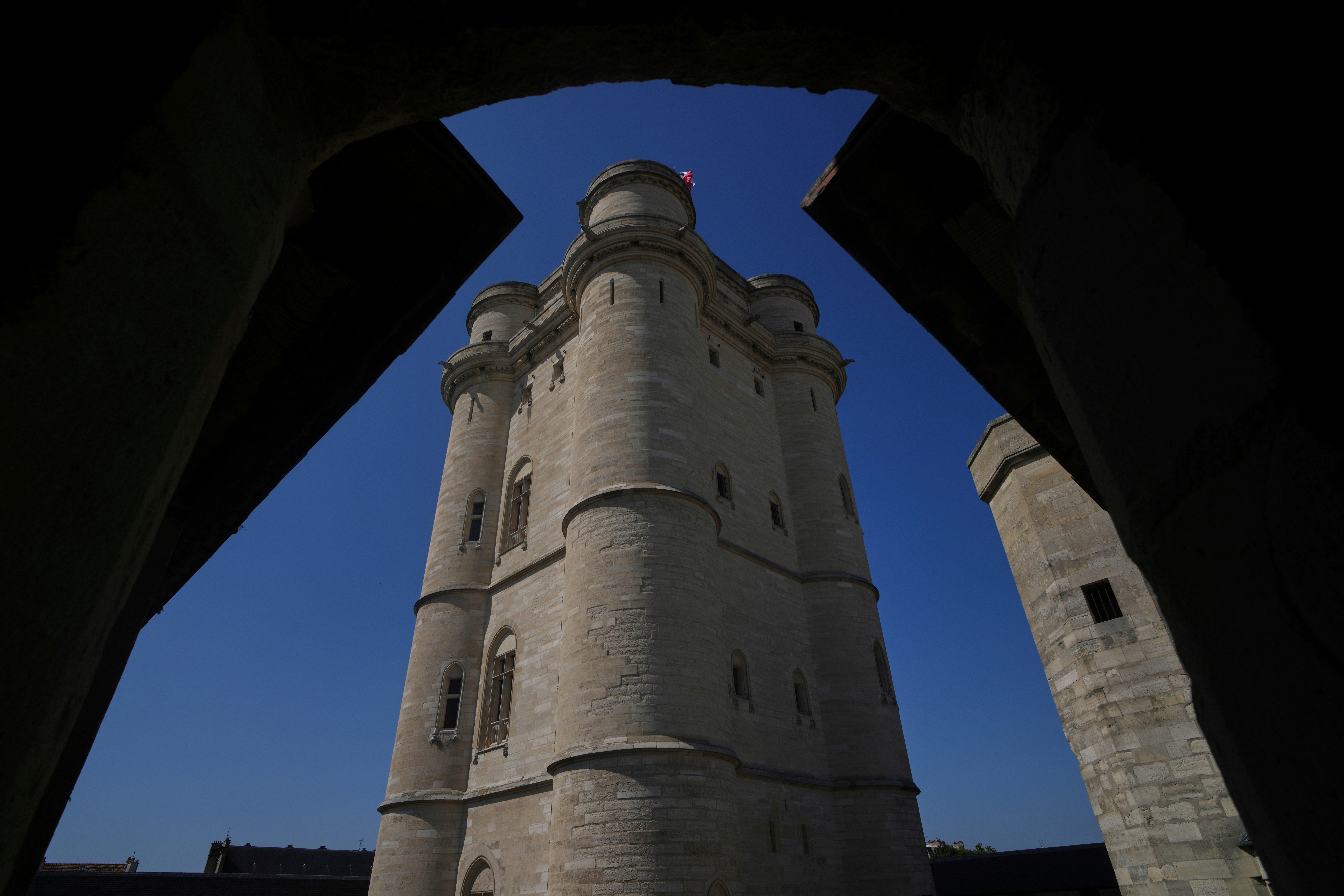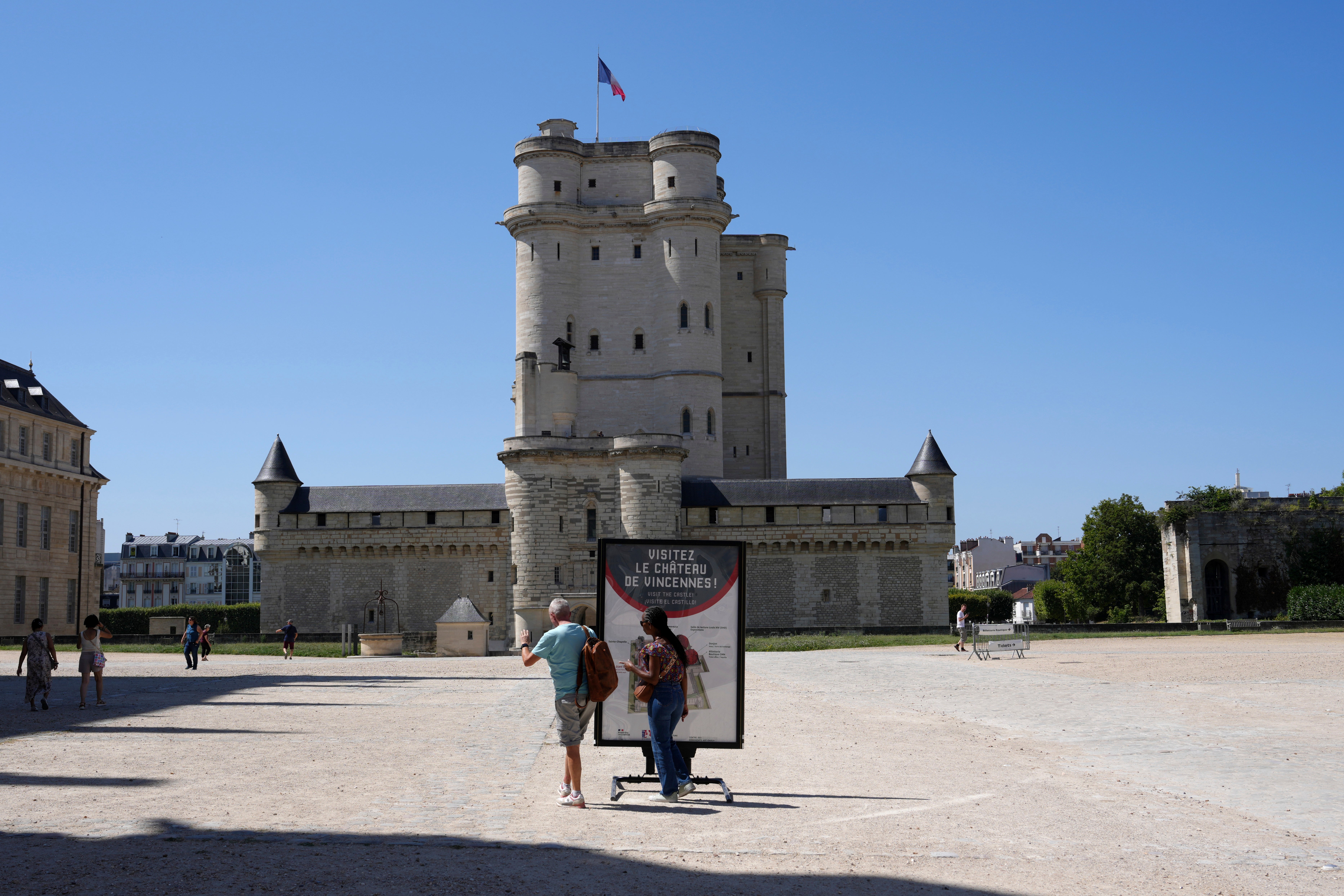Paris tourists can escape the throngs of Versailles and discover a calmer chateau experience at the fortress of Vincennes.
This medieval royal residence, boasting Europe's tallest keep, once held figures as notorious as the Marquis de Sade.
Situated just 15 minutes east of the Paris city centre by metro, the massive fortress immediately immerses visitors in history upon crossing its drawbridge.
Local guide Cindy Smili-Yesli highlights its advantages over Versailles, noting its greater age and proximity to the capital.
"It's a fairly quiet castle," she explains.
"The visiting conditions are much more pleasant. Here, you can really take a close look at every detail of the decor in the keep."
Vincennes welcomes up to 145,000 visitors annually, a stark contrast to the eight million who visit Versailles, making it an ideal choice for a more intimate historical exploration.

Europe’s tallest keep
The Chateau of Vincennes was first built in the second part of the 14th century, as the Hundred Years War was raging between the kingdoms of France and England, on the location of a royal manor that was used as a hunting base in the nearby woods.
French King Charles V, who ascended the throne in 1364, chose to make it his residence.
The immense 52-metre (171-foot) keep was meant to show the extent of France’s power.
“It has been a powerful symbol of the royal monarchy since the mid-14th century,” Ms Smili-Yesli said.
But Vincennes was also a symbol of an historic English success against France. Henry V of England and his court moved into the chateau for some time after his successful military campaign, in accordance with the 1420 Treaty of Troyes.
Henry V died at Vincennes in 1422. He was 35.
“The legend of Vincennes says that his body was reduced to ashes in the castle's kitchens, and his bones were recovered,” Ms Smili-Yesli said.

Famous figures imprisoned
From the 15th century, the keep housed a prison. Famous captives included future King of France Henri IV, accused of plotting, writer and philosopher Denis Diderot, and the Marquis de Sade, known for his writings on sex.
“The Marquis de Sade was imprisoned in the keep of Vincennes in the mid-to-late 18th century because of his writings and his actions as a libertine," Ms Smili-Yesli said.
"He was originally held on the first floor of the keep. But as he did not get along well with one of his cousins, the Count of Mirabeau, the jailers, to punish him, moved him down to the ground floor into a much less pleasant cell, subject to cold and damp.”
Many common law prisoners were also imprisoned at Vincennes, including women, especially during a series of scandals in 1679 to 1680 involving poisoning and witchcraft.
Some graffiti left by the captives can still be seen on the stone walls.
A Gothic Holy Chapel
Facing the keep, the spectacular Holy Chapel, built in the Gothic style, features stunning stained glass windows from the mid-16th century which depict the Apocalypse through various spectacular scenes.
The castle served as a refuge for the royal family at shaky times.
In 1648, when a series of rebellions broke out in the kingdom, young King Louis XIV settled there.
The Sun King later wished to move further away from Paris, which had been hostile to him during that period.
He went on to build a palace in Versailles, west of the French capital, and left Vincennes with his court in 1682.
Europe burns under ‘nightmare’ wildfires as alerts issued for tourism hotspots
Tourists embrace new favourite pastime as heatwave scorches Paris
Is it safe to travel to France? Latest advice as wildfires devastate south of country
How to do Disneyland Paris on a budget
The enchanting French theme park just 40km from Disney that’s far cheaper
Forget Glastonbury – this European music festival offers better value for money







